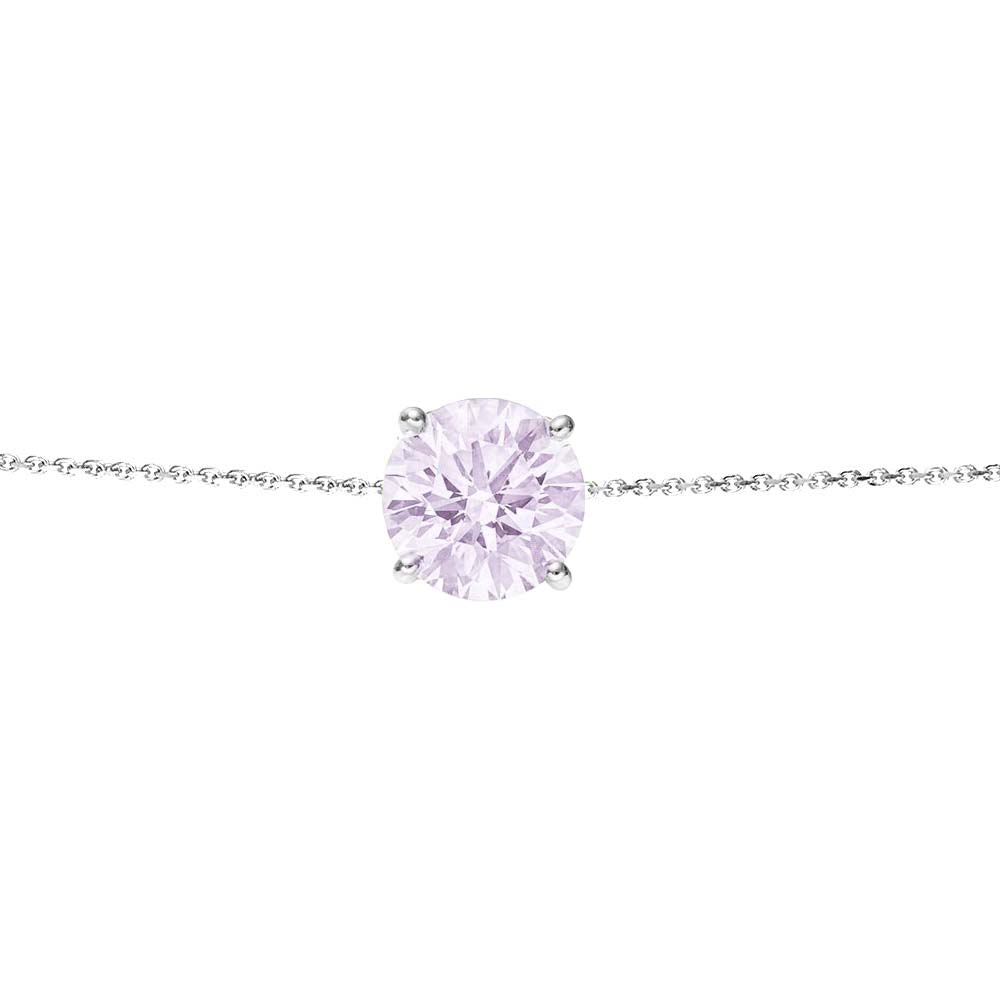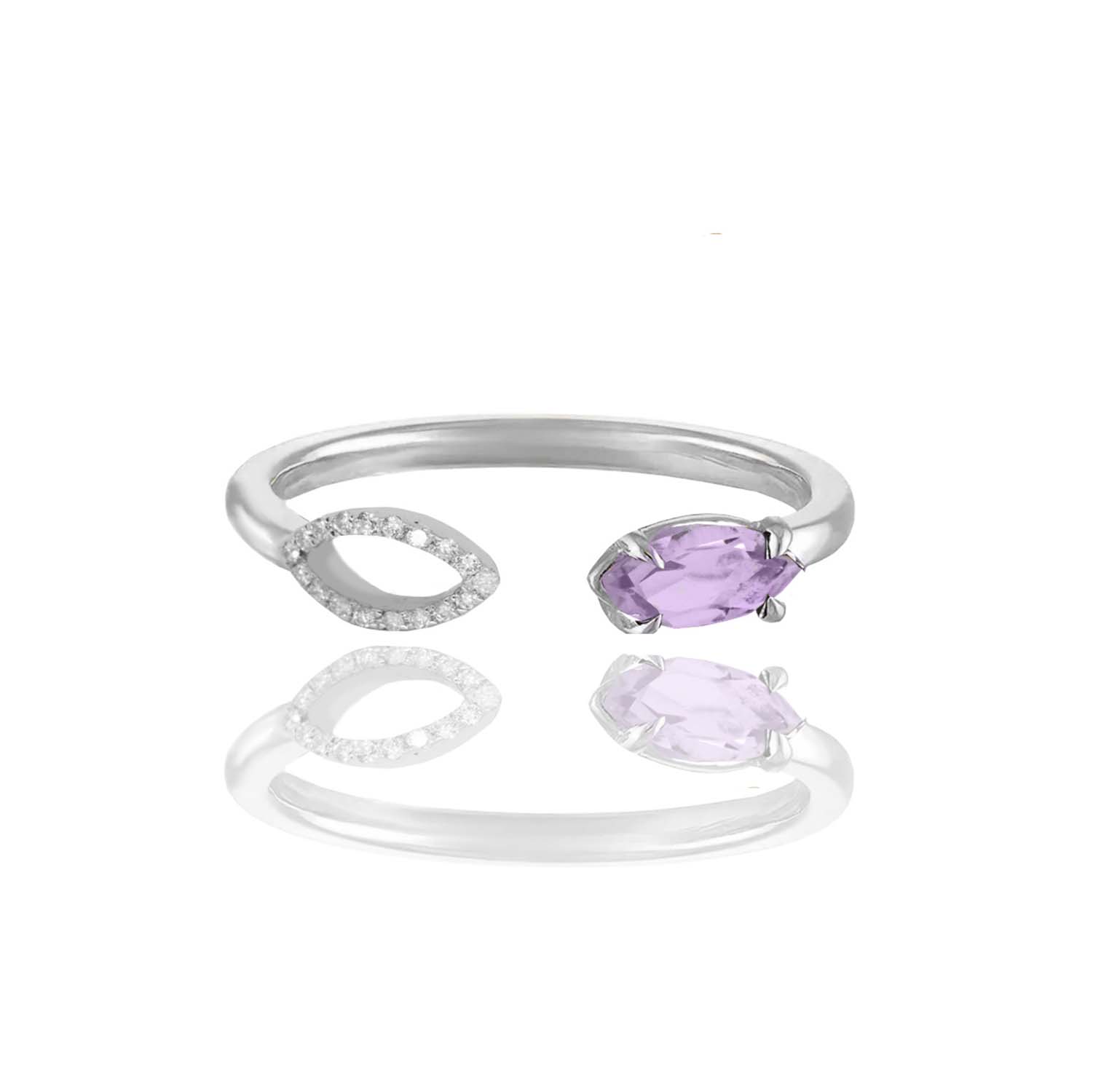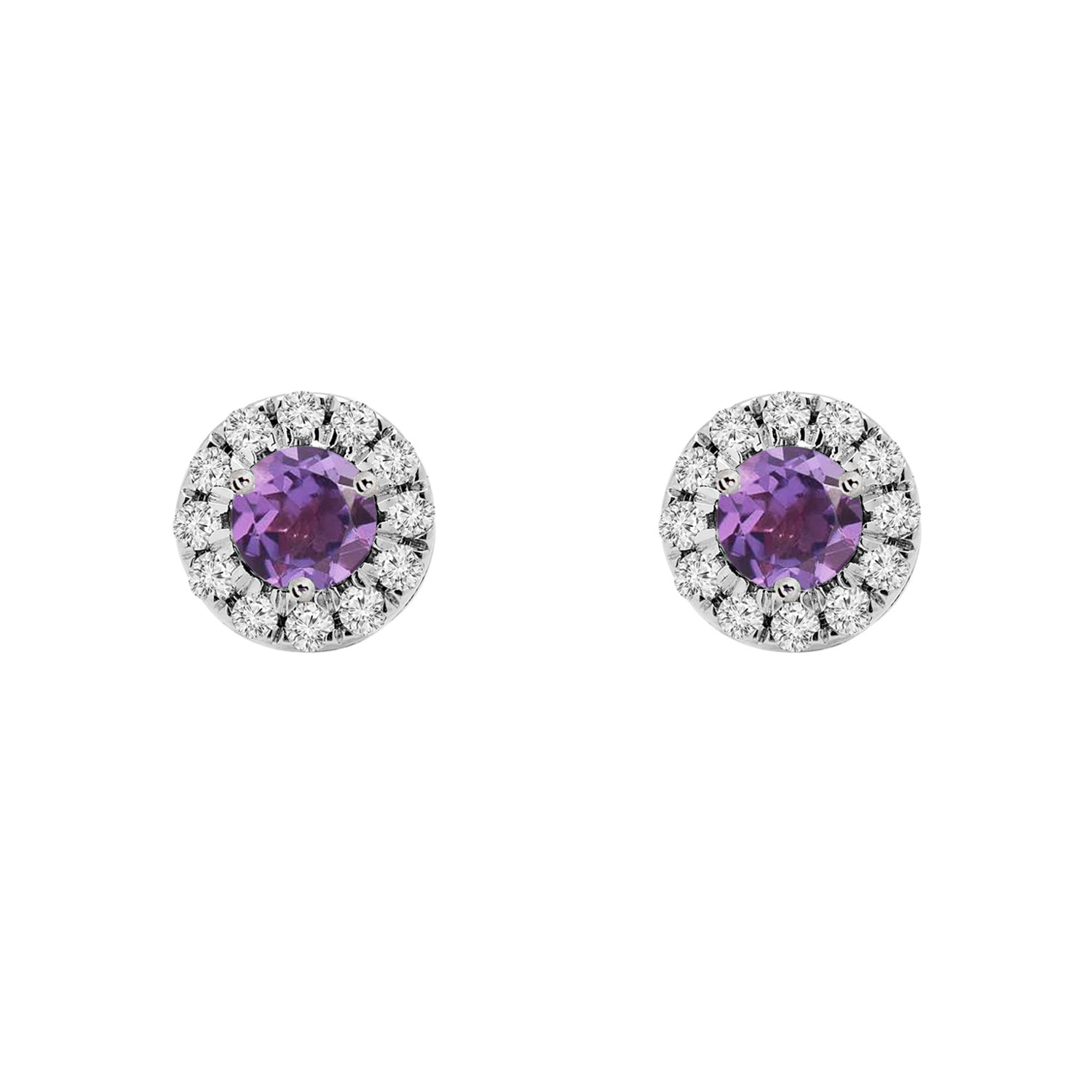A brief history of the amethyst
The amethyst is the most valued member of the Quartz family, and was similar in value to both ruby and emerald until the beginning of the 20th century. Commonly found in hues of dark purple, it is still very popular.
Courtesy of GIA, amethyst
Historically, ancient Greeks associated the gemstone with Bacchus, the Greek god of wine, due to its wine-like colour. Consequently, people used to wear it to prevent intoxication from alcohol. The amethyst has also been connected with mystical powers and so was historically worn to convey strength and wit. For those born in February, it is still worn today as a birthstone to symbolise inner strength and empowerment.
Amethysts are now much cheaper than rubies and emeralds as large deposits were discovered in Brazil at the end of the 19th century, making them more abundant. . The gemstone is also commonly sourced from the Anahi mine in Bolivia. This mine is particularly famous in the jewellery world as it is home to an unusual crystal known as ametrine – a bi-coloured amethyst-citrine. Zambia’s Kariba mine is another large source of amethysts today.
The gemstone’s colour comes from iron impurities in its structure. Sometimes other transition metals are also present causing variations in its colour. The most sought-after colour of amethyst is ‘deep siberian’ which has a purple hue of 75-80% and blue and red secondary hues of 15-20%. Generally, paler-coloured amethysts are seen as less desirable and so are also cheaper. Furthermore, colour zoning is commonly found in the crystals, where angular zones of darker and lighter shades are visible.
Courtesy of GIA, amethyst
As amethyst is only 7 on the Mohs scale of hardness, it is susceptible to wear over long periods of time. Consequently, many amethysts today are produced synthetically to improve their colour. However, it is very difficult to tell the difference between natural and synthetic stones without access to advanced gemological testing equipment.
These gemstones are the perfect accessory for summer, adding a touch of colour to brighten up an outfit. Here is a selection of some of our ready-to-wear amethyst pieces:
Here are some of our amethyst designs from our bespoke collection. Book a complimentary consultation to create your own perfect piece
here.
Amethyst Love Cuff, Bespoke Collection

Amethyst Heirloom Necklace, Bespoke Collection















